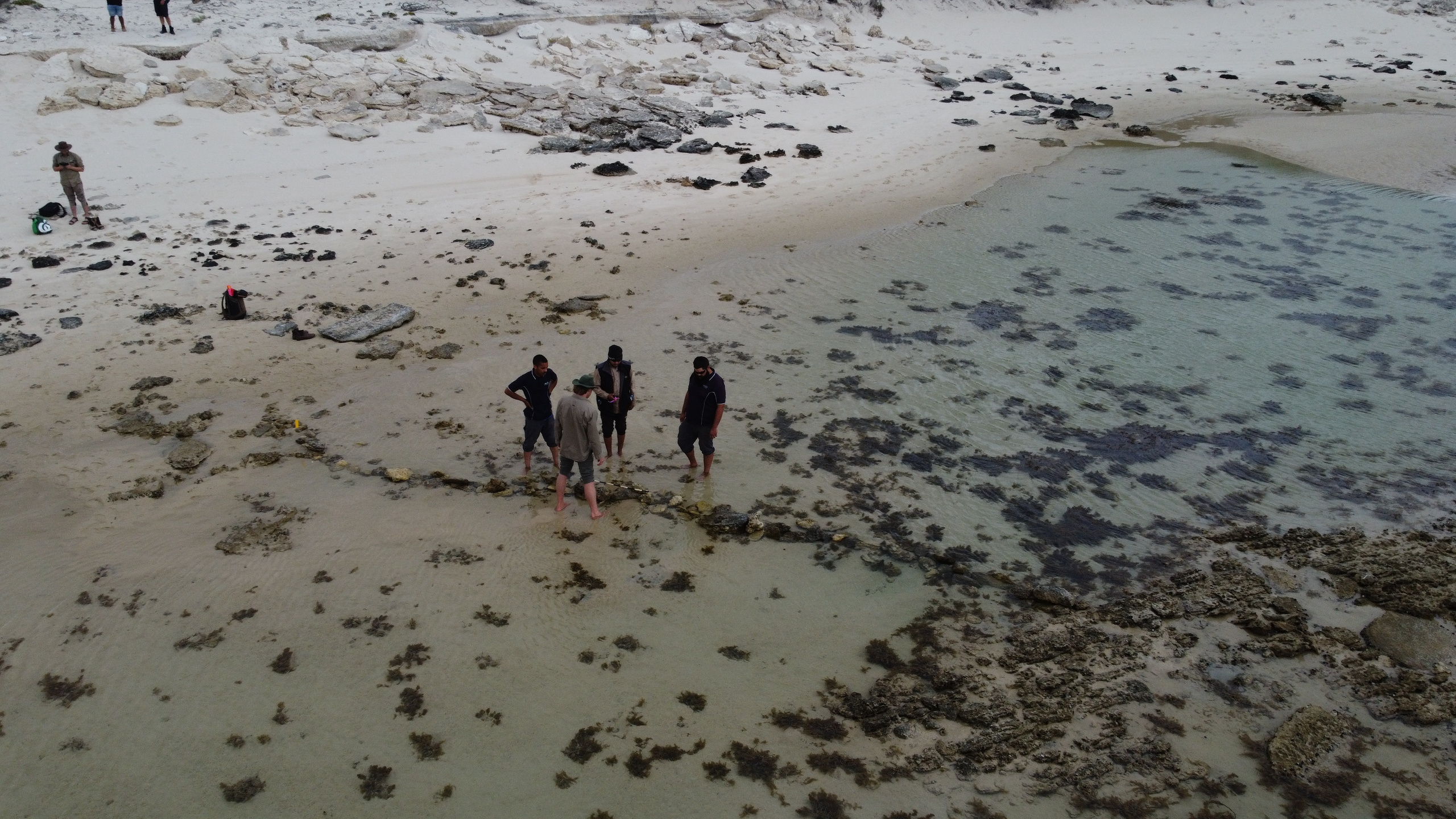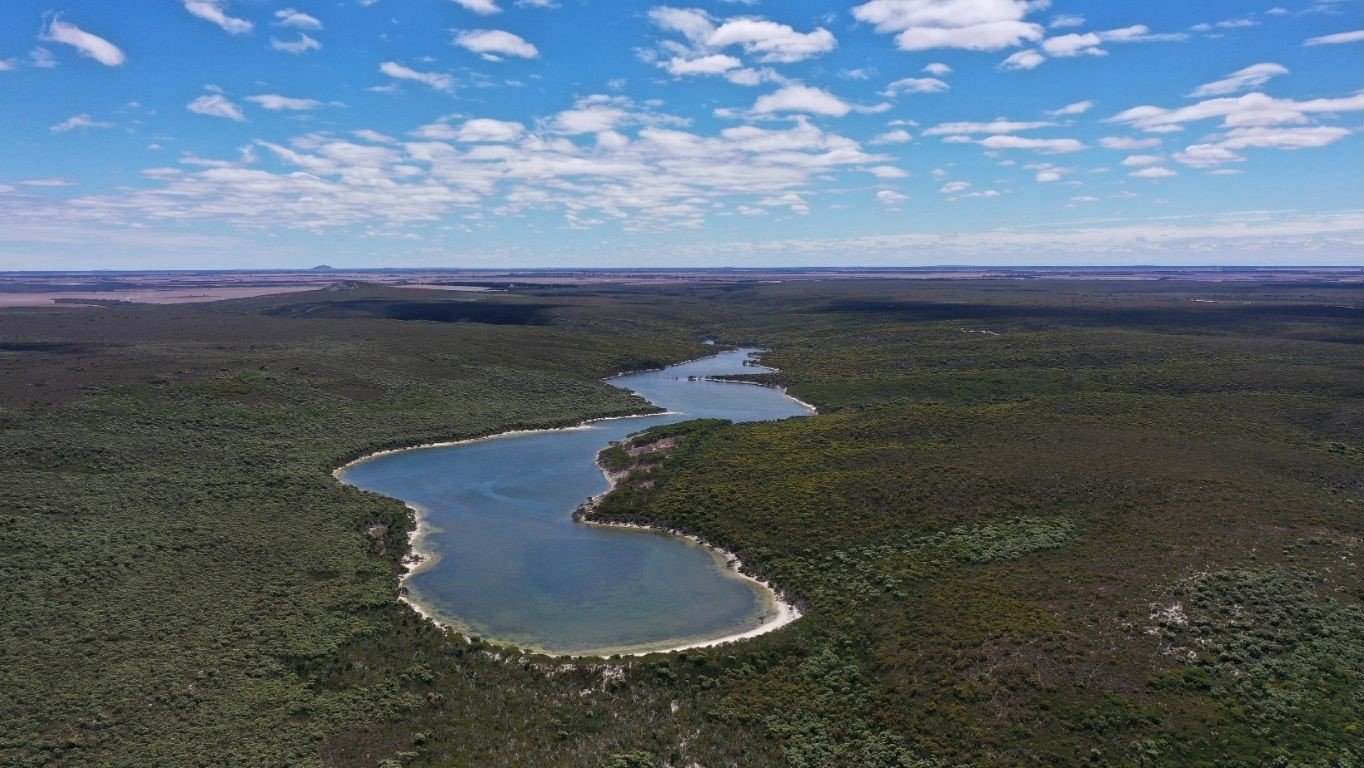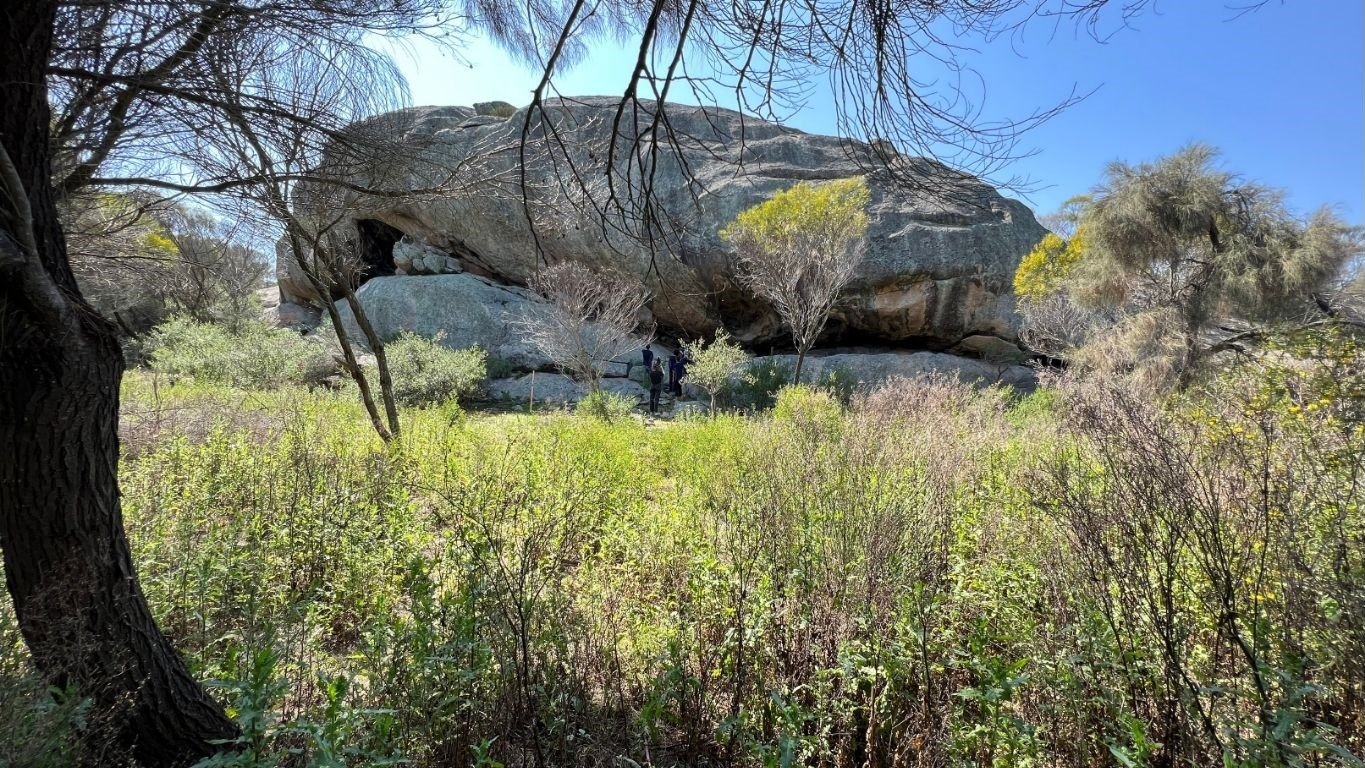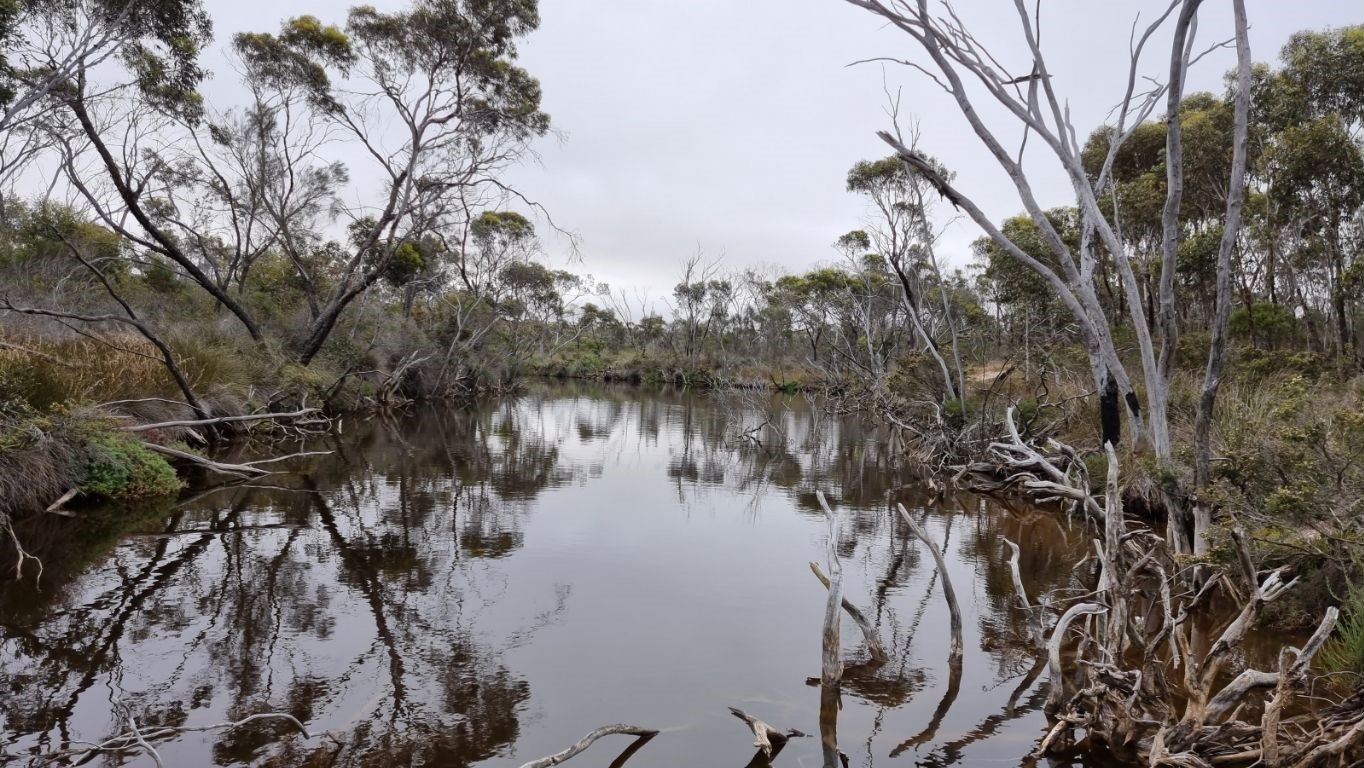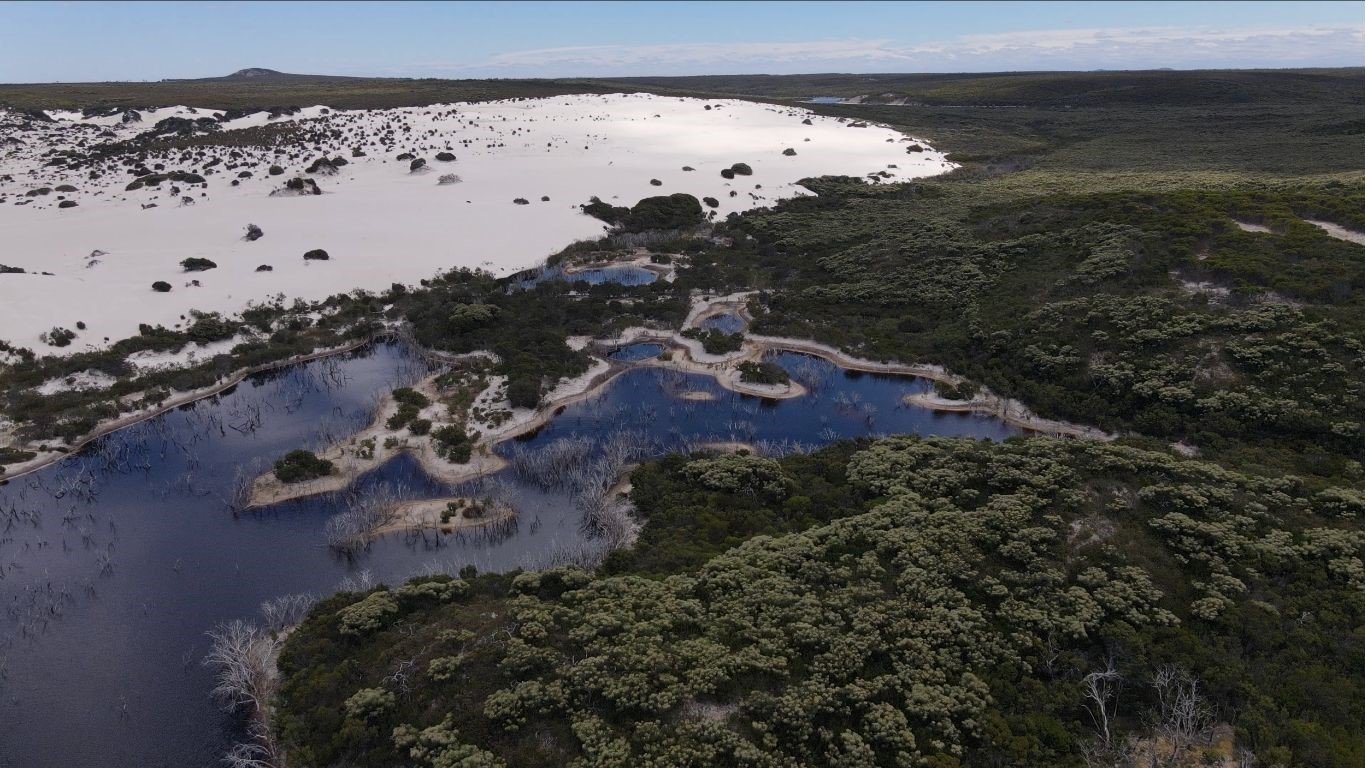Cultural Heritage
Cultural Heritage
Archaeological evidence in Kepa Kurl Esperance shows a history of Aboriginal occupation extending back at least 13,000 years. Elsewhere in Southwest, there is evidence of Aboriginal occupation dated to at least 30,000 years ago.
Our Country tells stories about this rich history, including about who we are as a people. This is our Cultural heritage.
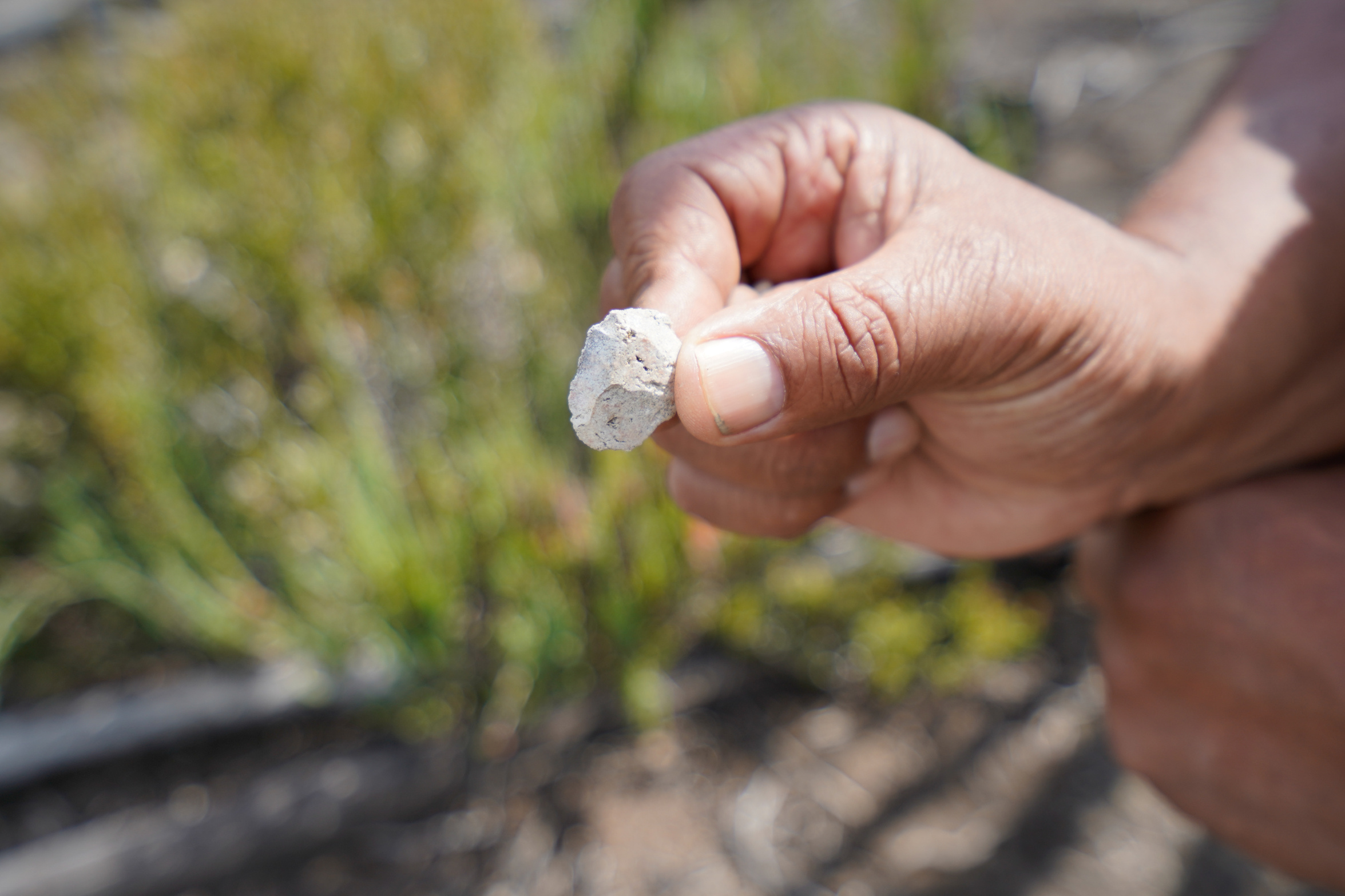
Our Country, Our Heritage
Many artifacts, like Stone tools, lizard traps, gnamma holes, burials, quarries, rock-art, and ceremonial arrangements were left on Country by our Old People. These tell stories about ancestral life.
Other stories, marked out in the physical landscapes, tell of how our Country came to be. Places which tell these sorts of stories are central to our Culture. Tracing them reveals the patterns of Country, and the routes our Old people once travelled.
Our Cultural heritage also includes our cultural practices. Caring for, and engaging with Country (e.g. through hunting, fishing, monitoring, and repairing important places) are traditions which connect us to our Old People, and the landscapes with which we live. They help make us who we are.
Keeping Heritage Alive
Our Cultural Heritage can be found across Kepa Kurl Esperance (even in places that have been degraded or developed). It is not static or stuck in past, but active and living— just like Country itself.
We keep our heritage alive and well by continuing our traditions, and working to ensure that Country's stories can continue to be heard. This means working with proponents, developing management plans, undertaking surveys, and ensuring that our community can continue to practice Wudjari culture.
Related Programs
-
Related
Strategic Objectives -
Related
Project
Help support us
Partner with us to make a difference.
